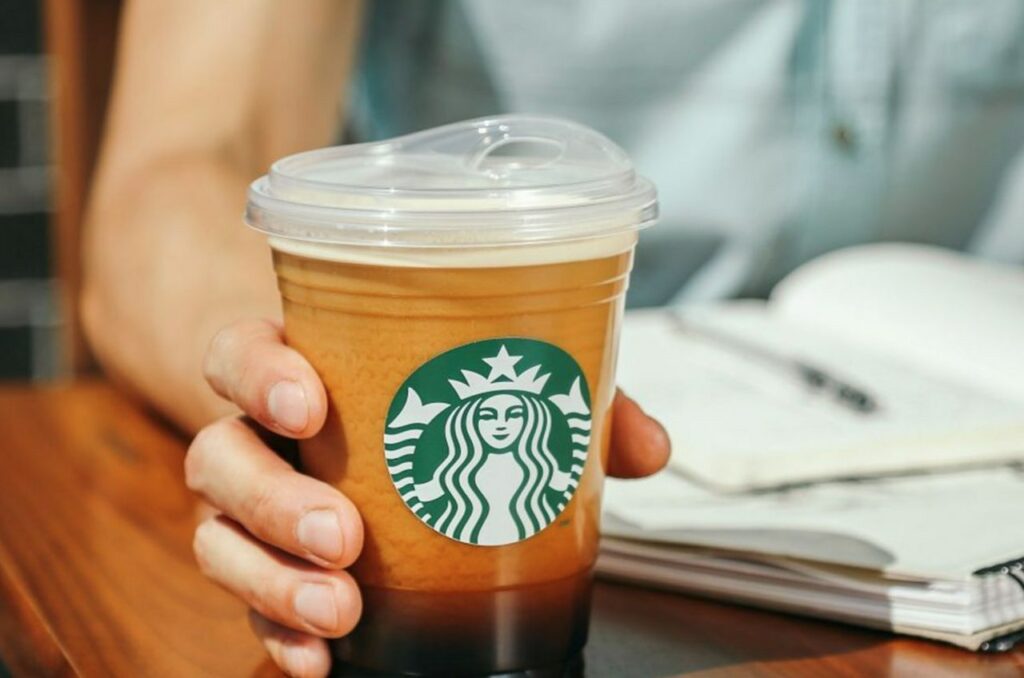Sustainability – the latest trend to follow
Sustainability and environmental responsibility concern us all, and brands are no exception. What’s more, their approach and activities have enormous power within the framework of environmental policy to bend consumer habits and create desirable behavioural patterns. Clever brands are reacting swiftly with necessary steps to meet consumer expectations, contribute to a better environment and enhance their reputation.
Modern, attractive and responsible. These adjectives are often associated with the brands that apply long-term sustainable green strategies. And here we´d like to emphasize the long-term. To be recognised as a ‘green’, a one-off activity won´t do it. Environmental promise has to be deeply embedded into the brand´s corporate culture, values and goals and should deliver on its promise. If it’s missing, we´re entering the unwanted land of greenwashing.
When is it really greenwashing?
Labels or statements that portray a green approach while giving the consumer a false impression of a product, service or activity can be considered greenwashing. Favourable disguised behind products´ packaging, our beloved eco-labels such as eco-friendly, bio, 100% biodegradable etc. may not be so pure as we thought. Who is to blame then? The elaborate marketing machinery once again fooled the customers, with no certificate to back up these fine-sounding words. Similarly misleading is the claim on the label that says a 100% recyclable product, when in fact only the packaging is 100% recyclable.
Another prime example is a Windex window cleaner ad, that promotes the first-ever bottle made from 100% recycled plastic fished from the ocean floor. Extraordinary you may say.
However, this claim is misleading. The plastic from these bottles actually comes from so-called plastic banks in Haiti, the Philippines and Indonesia. Moreover, Windex was labelled by the manufacturers as non-toxic, which has also been shown as a false claim after several lawsuits. To top it all, Windex products have been proven to contain ingredients that are harmful to humans, animals and the environment.

The ugly face of greenwashing
Greenwashing comes in many shapes and forms. For example, the irrelevant claim of a brand’s environmental approach, while simultaneously offering only 1 eco-friendly product and displaying it in the public eye. Covering the simple fact that the rest of the portfolio significantly harms the environment. The same greenwashing effect can be found not only in the products themselves but also in the brand’s various activities.
US giant Walmart certainly hit the nail on the head with its vast sustainability campaign. Once again showcasing the attitude of “brand first”. According to the Institute for Local Self-Reliance, Walmart’s campaign has done more to improve its corporate image than the environment itself. In fact, despite the bold environmental ambitions communicated in the campaign, Walmart still accounts only for 2% of US electricity generation from wind and solar sources. Moreover, the brand regularly sponsors politicians who do not see environmental protection as a topic of urgency.
Starbucks, the largest coffee shop chain in the world, has also tried to meet consumers’ green expectations. However, in an attempt to join the call to eliminate single-use plastics and ban the use of plastic straws, it has come up with a questionable solution. The company has replaced straws by creating a specially shaped lid to drink from without using a straw. And guess what these lids are made from? Yes, our old enemy – plastic. The Reason Foundation has even stated that more plastic is used in the production of this type of cap than in the original straw.

Falling under the suspicion of greenwashing is serious and certainly harms the brand’s reputation. The biggest loss, in this case, is the loss of trust that brands won’t gain back. Consider carefully your next green move. To be truly transparent and environmental friendly for us and the next generations.






